Albuca thermarum
Albuca thermarum Van Jaarsv.
Family: Hyacinthaceae
Common names: Badspoort cliff albuca (Eng.), Badspoort-kransslymstok (Afr.).
Introduction
Albuca thermarum is a solitary to cluster-forming bulbous plant with dark green pendent leaves and yellowish-green flowers in extended, spirally arranged racemes, in late spring. It hangs from the cliffs at Badspoort near Calitzdorp in the Western Cape. Best for containers.

Fig. 1. Albuca thermarum in full flower (side view) in the Botanical Society Conservatory at Kirstenbosch National Botanical Garden, in spring. Note the horizontal growth of the rosette and yellow tipped flowers, spirally arranged on the stalk.
Description
Description
The bulbs are solitary or form small clusters, evergreen, usually just below the soil or rarely above the substrate. The bulb is egg-shaped, 70 × 55 mm, the bulb scales (tunics) fleshy, and truncate, also arranged like tiles on a roof (imbricate). The bulb scales drying greyish, with a fibrous network. The roots are fleshy, white, up to 3 mm in diameter. The leaves are oblong, linear-attenuate, 300–550 × 20–30 mm, in a rosette, drooping, semi-succulent, firm, dark green, smooth, faintly striate, and channelled for most of their length, the tip sharp (apex acute).
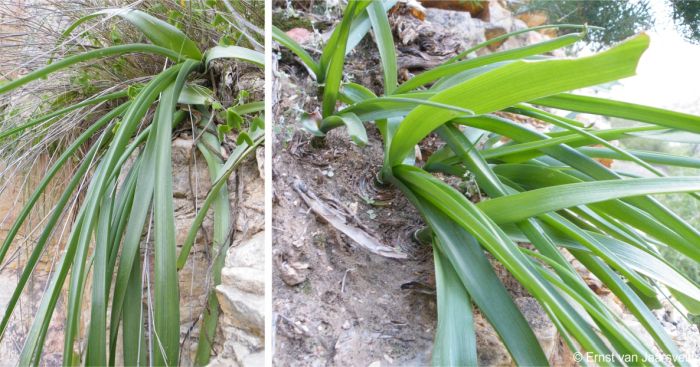
Fig. 2 . Albuca thermarum in habitat at Badspoort. Note the fleshy striate leaves and truncated bulb scales.
The inflorescence is a spreading to pendulous raceme, 400–600 mm long, the peduncle grows up to 260 mm long, the bracts acuminate, 45 × 8 mm, green with white translucent margin. The base of the inflorescence (scape) 8–10 mm in diameter. The individual flower stalks (pedicels) ascending to erect, up to 105 mm long at base, becoming shorter, up to 35 mm long near tip. The individual flowers erect, 20 mm long, with yellowish green tepals of which the tips are yellowish to yellowish green becoming white The stamens grow to about 15 mm long, 2 mm in diameter at base (flattened); inner 13 mm long, with distinct short channelled constriction 4.5 mm from base, basal third broadly triangular-ovate (3mm wide at base), margin membranous, apices of both inner and outer filaments projected forward and adpressed against style; anthers oblong, versatile, outer 2.5 × 1.5 mm, inner 3.5 × 2.5 mm. The female portion (ovary) oblong, 3-angled, 7 × 4 mm, stipitate for 1.5 mm, each angle with raised emarginate base; style linear-trigonous, clavate, 9 × 2 mm; stigma yellowish green. The fruiting capsule 18 × 10 mm, grey-brown, valves splitting in distal quarter. The seeds flat, 6 × 3 mm, angular, distinctly wrinkled, blackish brown.
Albuca thermarum flowers mainly during late spring (October and November). The seeds are normally released in early summer, towards the end of November to early December and are dispersed by the wind.
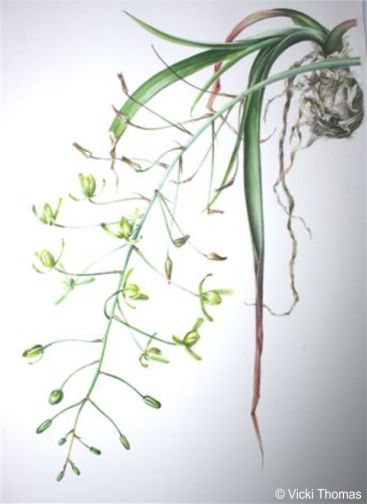
Fig. 3. Illustration of Albuca thermarum by Vicki Thomas, drawn from a plant flowering at Kirstenbosch National Botanical Garden. Note the yellow tipped flowers.
Conservation Status
Status
Albuca thermarum is a rare species and is classified as Critically Rare by the Red List of South African Plants because it occurs at a single site, however, its cliff habitat is stable and inaccessible and acts as a refuge for the species and it has no threats.
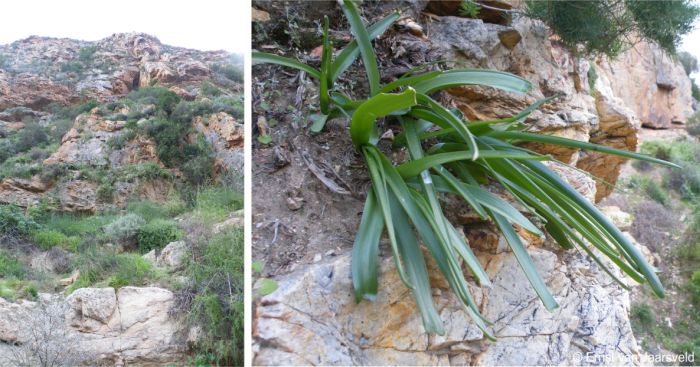
Fig. 4. The cliffs at Badspoort, Little Karoo, Western Cape, habitat of Albuca thermarum and many other succulents (LEFT). (RIGHT) A close-up of a cluster of of Albuca thermarum bulbs growing on the Badspoort cliffs. The plants start off solitary, often dividing and forming clusters).
Distribution and habitat
Distribution description
Albuca thermarum is only known from the Badspoort on the Olifants River in the southern Little Karoo, near Calitzdorp in the Western Cape, South Africa. The habitat includes south- and east-facing mineral-poor quarzitic sandstone cliffs of the Nardouw Subgroup, Table Mountain Group (Cape Supergroup), at an altitude of about 500–1 000 m. The plants grow firmly rooted in crevices on the cliffs. Temperatures are high in summer, 28–38°C. The winters are cooler but frost is absent. The average daily maximum temperature is about 26°C and the average daily minimum about 9°C. Rainfall occurs in summer and winter, ranging from 200–300 mm per annum in the form of thunder showers and cyclonic winter rain. Albuca thermarum plants were recorded in Western Gwarrieveld of the Rainshadow Valley Karoo Bioregion, Succulent Karoo. The associated cliff dwelling succulents in its habitat include Aloe comptonii, Bulbine ramosa, Cotyledon tomentosa subsp. tomentosa, Crassula badspoortensis, Crassula perforata, Crassula rupestris, Delosperma badspoortense, Haworthia mucronata var. rycroftiana and Curio ficoides.
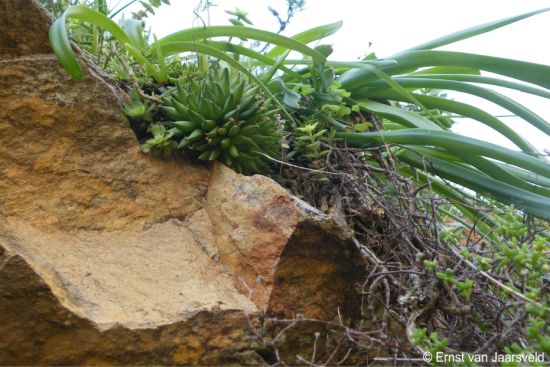
Fig. 5. A solitary plant of Albuca thermarum in habitat at Badspoort cliffs growing together with Haworthia mucronata var. rycroftiana, Crassula orbicularis and Crassula pellucida subsp. marginalis.
Derivation of name and historical aspects
History
Albuca thermarum was named by Braam van Wyk and the author in the Bothalia botanical magazine in 2003 from plants collected at Badspoort, near Calitzdorp in the Little Karoo. The species name thermarum pertains to the thermal spring at the Calitzdorp Spa, where the plant was first recorded.
Albuca thermarum belongs in the subgenus Albuca, which is immediately recognised by the succulent hinged inner tepals and ascending flowers, the outer stamens that are usually reduced, and inner stamens that are larger and fertile.
Albuca thermarum is related to the other cliff-dwelling species of Albuca, A. batteniana, A. buffelspoortensis and A. cremnophila of which A. buffelspoortensis is the smallest. These four species belong in subgenus Albuca, are evergreen and have pendent leaves. Albuca thermarum is at once distinguished from them by its inflorescence of spirally arranged flowers whereas in the others the flowers are arranged on one-side (secund).
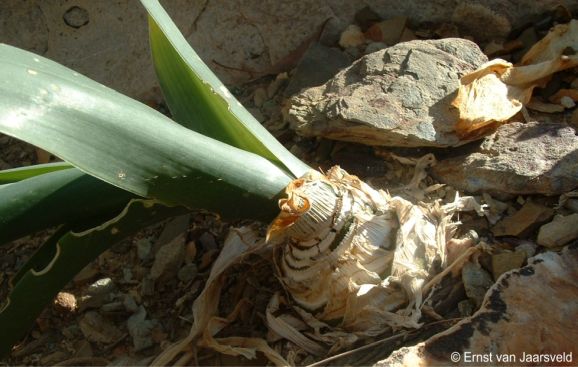
Fig. 6. A close up of the bulb of an Albuca thermarum, growing in the Botanical Society Conservatory, Kirstenbosch NBG. Note the truncated bulb scales (tunics).
Ecology
Ecology
Plants with firm drooping, dark green leaves. The bulbs grow well secured, just below the soil, in crevices mainly on cooler south-facing slopes. The bulbs may divide to form clusters. The bulbs scales are fleshy, conserving moisture during drought. The leaf rosettes point away from the cliff to the light source.
The inflorescence is horizontally presented to drooping, the conspicuous white and yellowish flowers attracting insects for pollination. The fruit consists of a dehiscent capsule becoming erect once fertilised. The seed 6 × 3 mm, an ideal size for establishment in crevices. Seeds are blown and shaken from the erect infructescence and dispersed by wind. Seeds ripening in early summer, at the end of December, and dispersed in summer and autumn, coinciding with autumn rains. Germination occurs after 21 days.
The cliff is out of reach of the large herbivores and is thus a safe refuge for the plants.
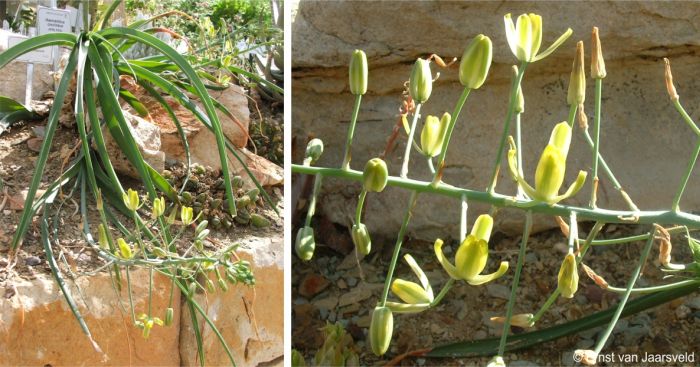
Fig. 7. Albuca thermarum in full flower (side view) in the Botanical Society Conservatory at Kirstenbosch National Botanical Garden in spring. Note the horizontal growth of the rosette and yellow tipped flowers, spirally arranged on the stalk.
Uses
Use
There are no known medicinal or cultural uses for Albuca thermarum. It is relatively unkown in cultivation, but grows well in warm, frost-free climates. It retains its pendulous habit in cultivation and is thus best for rockeries, steep embankments or containers where the plant is given space to hang down.
Growing Albuca thermarum
Grow
Albuca thermarum grows well in frost free gardens and also in containers and is not shy to flower. There are examples growing in the Klein Karoo bed of the Botanical Society Conservatory at Kirstenbosch National Botanical Garden, Cape Town, Western Cape. Plants can also be seen at Babylonstoren Farm in the succulent house where it grows with success in containers. Best grown in dry succulent karoo and thicket gardens on south-facing (southern hemisphere) steep embankments such as gabions. Grow in a greenhouse in regions where frost occurs or the rainfall is too much for the plant to handle. Ensure that the soil is well-drained. Because they are adapted to both winter and summer rainfall, plants can be watered sparingly throughout the year. Allow to dry off between watering.
Plant about 30 cm apart and best established during spring.
Use containers at least in a 20 cm diameter. The soil should be sandy and consists of 2 parts sand or gravel, 1 part loam and 1 part well broken down compost. On a balcony, place in a region where the plants get dappled shade, allowing for the leaves and inflorescence to become pendent.
Albuca thermarum can be propagated from seed or division. Most Albuca taxa are easily grown from seed sown in a sandy mixture, placed in a warm protected environment.
Sow seed in a sandy medium, germination is usually within 3 weeks and the young seedlings can be transplanted into individual containers, when they are large enough to be handled.
References
- Mucina, L. & Rutherford, M.C. (eds) 2006. The vegetation of South Africa, Lesotho and Swaziland. Strelitzia 19. South African National Biodiversity Institute, Pretoria.
- Manning, J.C. et al. 2009. A molecular phylogeny and a revised classification of Ornithogaloideae (Hyacinthaceae) based on an analysis of four plastid DNA regions Taxon 58 (1): 77-107.
- Manning, J. & Condy, G. 2011. Albuca spiralis. Plate 2265. Flowering Plants of Africa 62: 30–35.
- Müller-Doblies, U. 1995. Enumiratio Albucarum (Hyacinthaceae) Austro-Africanarum adhuc congniatarum. Feddes Repertorium, 106: 353–370.
- Raimondo, D., Von Staden, L., Foden, W., Victor, J.E., Helme, N.A., Turner, R.C., Kamundi, D.A. & Manyama, P.A. (eds) 2009. Red list of South African plants. Strelitzia 25. South African National Biodiversity Institute, Pretoria.
- Van Jaarsveld, E.J. & Van Wyk, A.E. 1999. Five new cremnophilous taxa from semi-arid regions in South Africa. Aloe 36 (4): 71–74).
- Van Jaarsveld, E.J. & Van Wyk, A.E. 2003. Hyacinthaceae and Crassulaceae: two new cremnophilous taxa from semi-arid regions in South Africa. Bothalia 33: 115–118.
Credits
Ernst van Jaarsveld
Kirstenbosch National Botanical Garden (Retired)
Babylonstoren Farm (Current)
Extraordinary senior lecturer and researcher,
Department of Biodiversity and Conservation, University of the Western Cape
May 2025
Plant Attributes:
Plant Type: Bulb
SA Distribution: Western Cape
Soil type: Sandy
Flowering season: Spring, Early Summer
PH: Acid
Flower colour: Green, Yellow
Aspect: Morning Sun (Semi Shade)
Gardening skill: Average
Special Features:
Horticultural zones
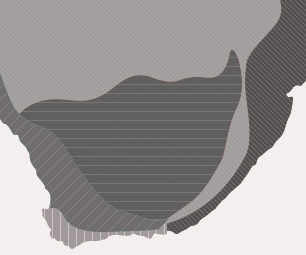







Rate this article
Article well written and informative
Rate this plant
Is this an interesting plant?
Login to add your Comment
Back to topNot registered yet? Click here to register.